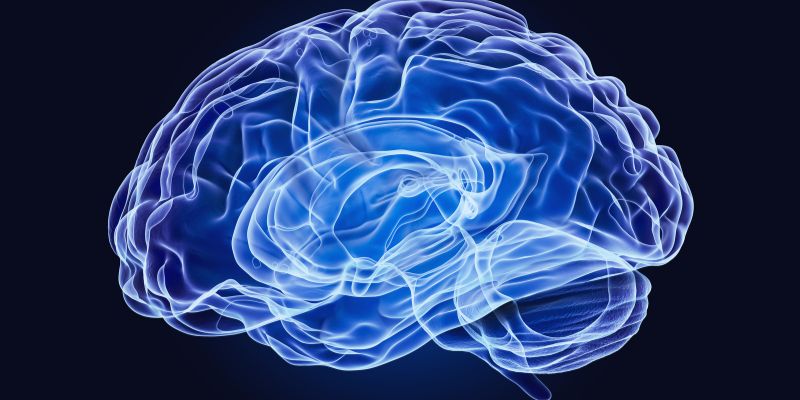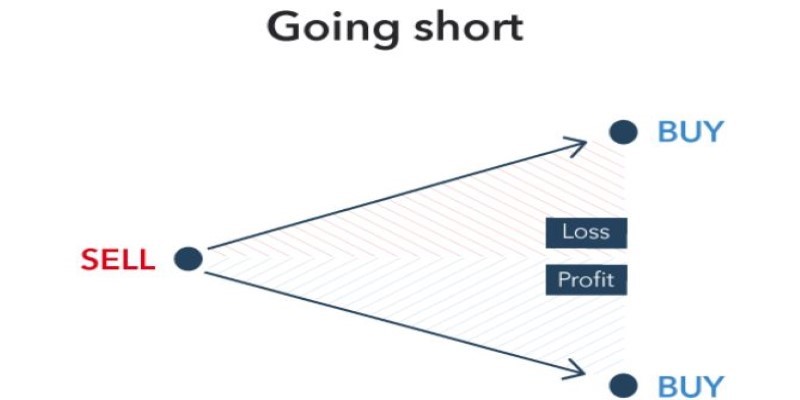Do Brain-Based Devices Deliver Results: Everything You Need To Know
Among brain-based devices, those that use technology to improve brain capability should also help with memory, focus, and relaxation. Some even help with mental diseases, including depression and anxiety. Many doubt their true effectiveness. Ongoing studies yield contradicting results. Although some research shows little effect, others show advantages. One should pay attention to their mechanisms.
Several gadgets use different technologies. While some rely on electrical stimulation, others depend on light treatment or neurofeedback. Individual experiences vary. While some argue nothing has changed, others assert gains. The device and the user define success. Choosing a suitable product is essential as none are exactly like each other. This article examines brain-based instruments, their benefits, and probable negatives.

How Brain-Based Devices Work?
By means of advanced technologies, brain-based devices enhance cognitive capacities, including attention, memory, and relaxation. These instruments interact with brain electrical and neurological activity. Certain depend on electrical stimulation, providing small currents to specific brain regions to improve performance. Others use neurofeedback, in which sensors watch brain waves and give real-time feedback to let users mold their thoughts. Another method is light therapy, which, by use of specific wavelengths, affects brain activity and increases mood.
Some technologies even activate brain networks with magnetic pulses or sound waves. Everybody utilizes these devices differently; hence, their effectiveness varies as well. Some see obvious changes, while others detect no effect. Research is still in progress, nevertheless, and generates contradicting results. The suitable instrument will depend on personal needs. Reading reviews and consulting experts will help. Understanding these technologies helps consumers choose their possible benefits with awareness.

Types of Brain-Based Devices
Various brain-based devices improve cognitive ability using different technologies. Here are a few typical types:
- Neurofeedback Devices: Real-time monitoring with neurofeedback devices helps the brain be trained. Sensors both track brain activity and offer feedback. Users change their mental state to enable concentration and relaxation. These tools address stress, anxiety, and ADHD as well. Studies produce conflicting outcomes. While some find advantages, others do not. Good instruction improves performance.
- Transcranial Direct Current Stimulation (tDCS) Devices: Weak electrical currents from tDCS devices target particular brain regions. They promise to improve memory, attention, and learning. While certain research backs up these assertions, impacts are usually transient. Inappropriate use can lead to headaches or pain. Users have to obey safety rules. Before using these gadgets, one should see a healthcare expert.
- Transcranial Magnetic Stimulation (TMS) Devices: Magnetic fields in TMS devices induce brain activity. Depression treatment uses them most. Many people find alleviation from symptoms, so clinical studies confirm their efficacy. Professional oversight is necessary. Devices used at home might not offer the same advantages. Correct use guarantees safety and improves results, so professional advice is rather important.
- Light and Sound Therapy Devices: These tools affect brain waves using flashing lights and rhythmic noises. Their marketing targets relaxation, concentration, and improved sleep. While some consumers claim advantages, scientific data is however lacking. Additional investigation is required. Those with light sensitivity or epilepsy should stay away since they could set off discomfort or convulsions.
How Effective Are Brain-Based Devices?
Users of brain-based technologies will find different levels of efficacy. While some show little to no change, others find great benefits.
Scientific Evidence and Studies
Research on brain-based technologies has produced contradicting findings. Some studies show they improve focus, memory, and relaxation; others find either little or no effect. Factors like device kind, user consistency, and brain reaction determine efficacy. Moreover, the findings could be influenced by placebo effects. More extensive, long-term study is needed to determine their real dependability, safety, and benefits for cognitive growth and mental health enhancement. Additionally, researchers emphasize the importance of personalized approaches, as brain-based devices may work differently for each individual.
User Experiences and Reviews
User experiences with brain-based technologies range greatly. While some say their focus, relaxation, and stress are improved, others note no discernible change. Results depend on elements including brain chemistry, type of gadget, and regular use. Before making a purchase for cognitive enhancement, reading customer reviews and speaking with experts will enable people to make wise judgments. Additionally, combining these devices with healthy lifestyle choices, like proper sleep and exercise, may enhance their overall effectiveness.
Potential Risks and Safety Concerns
Side effects from brain-based gadgets could be headaches, vertigo, or pain. Safety depends on the correct application and professional direction.
- Side Effects of Brain Stimulation Devices: A few brain stimulation gadgets could make one mildly uncomfortable. Typical side effects are tingling feelings, headaches, and vertigo. Sometimes, more intense stimuli can cause mood swings or brief cognitive abnormalities. Following safety rules and using them correctly helps to reduce dangers. Users should begin with fewer settings and progressively change. Before use, one should see a medical practitioner to guarantee safety and prevent possible side effects.
- Long-Term Effects and Unknown Risks: Little study has been done; hence, the long-term effects of brain-based technology are still mostly unknown. Regular or long use may have unexpected consequences on brain capability. Among the other possible risks are dependence, altered brain activity, or unexpected cognitive consequences. More studies are needed to understand safety problems. One should see a doctor to guarantee appropriate use and prevent any possible negative long-term effects before using these devices.
Conclusion:
Brain-based technologies have the potential to boost mood, lower stress, and sharpen attention. While some lack strong data, others have scientific support. The user, the kind of gadget, and the correct use determine the effectiveness. Long-term benefits and hazards, however, need more confirmation through more studies. If one is thinking about one, see a professional, review material, and follow recommendations. While some detect little change, others find enhancements. Technology is changing, and hence, the next developments could improve efficiency. Use these technologies always with safety and wise decisions first in mind.











